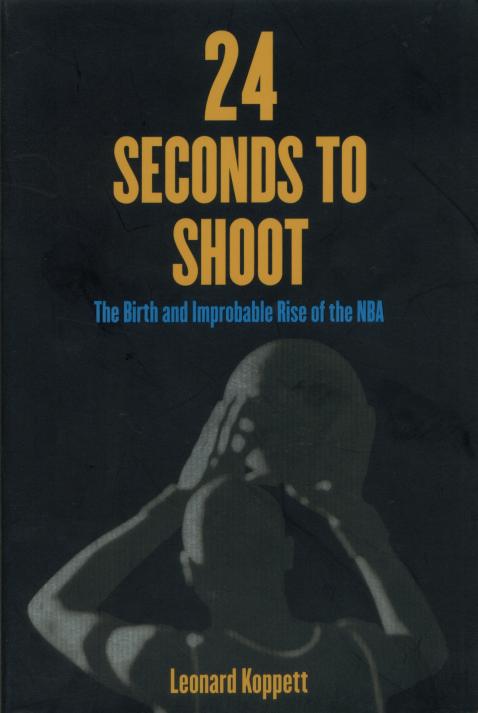By Leonard Koppett
![]()

![]()
Ranking: ![]()
![]()
![]()
![]()
Written by one of the all-time great basketball writers, this book is basically the history of the NBA's first 25 years. Koppett covered the NBA since its founding, so he has a unique perspective.
The book covers how basketball grew in popularity in America, starting with James Naismith, but quickly advances to post W.W. II, where first, New York's Ned Irish's invented the extremely popular college double-header in Madison Square Garden. These games, caused Max Kase, a sports editor, and Walter Brown, owner of the Boston Garden, to pitch the idea to a group of arena owners to start a professional basketball game, modeled after the college game. They called their league the Basketball Association of America (B.A.A.) and this group, who had solid ideas, struggled to make these ideas work, due to a variety of factors, such as a rival league of small city teams with better athletes, called the National Basketball League, as well as problems from within, as some teams chose to go with established professionals, rather than college stars, which created instant winning, but also a slower and more physical game. Through the years, the league had to overcome numerous obstacles, such as stall tactics that resulted in a 15-13 game that nearly killed the league, (lack of) television exposure, the inability of the glamour city - New York - to win, player demands for pension, and such. Slowly, but surely, and in spite of itself, the game grew in popularity, and Koppett covers each step of the way.
The only shortcomings is that the book covers much of what went on behind the scenes, but not much of what happened on the court, and while it was a good read, Terry Pluto's Tall Tales, was a more enjoyable book. Still, if you want to learn the history of the early era, this is a must read.
Introspection: N/A
Insight: 4
History: 1946-1970
Readability: 4
24 Seconds to Shoot: The Birth and Improbable Rise of the NBA. Leonard Koppett. Total Sports Illustrated Classics. 1968.